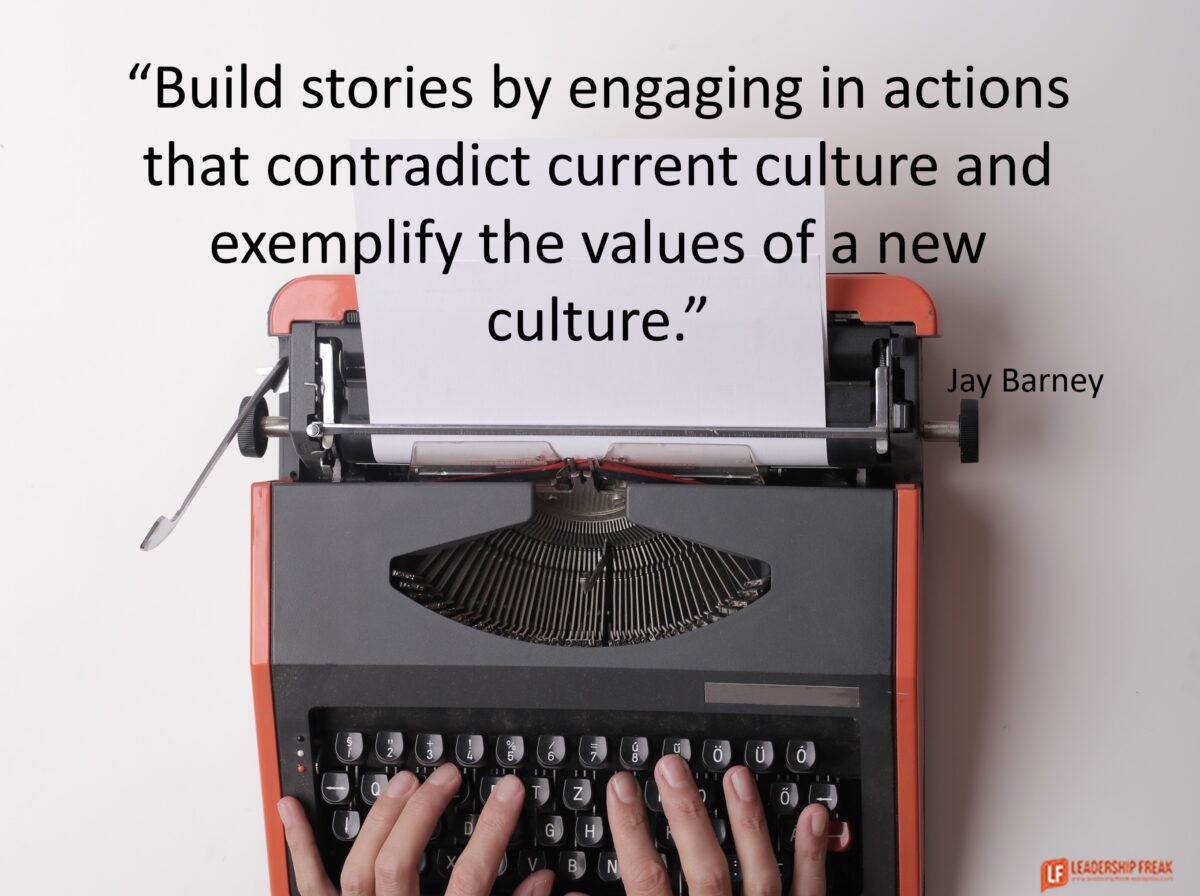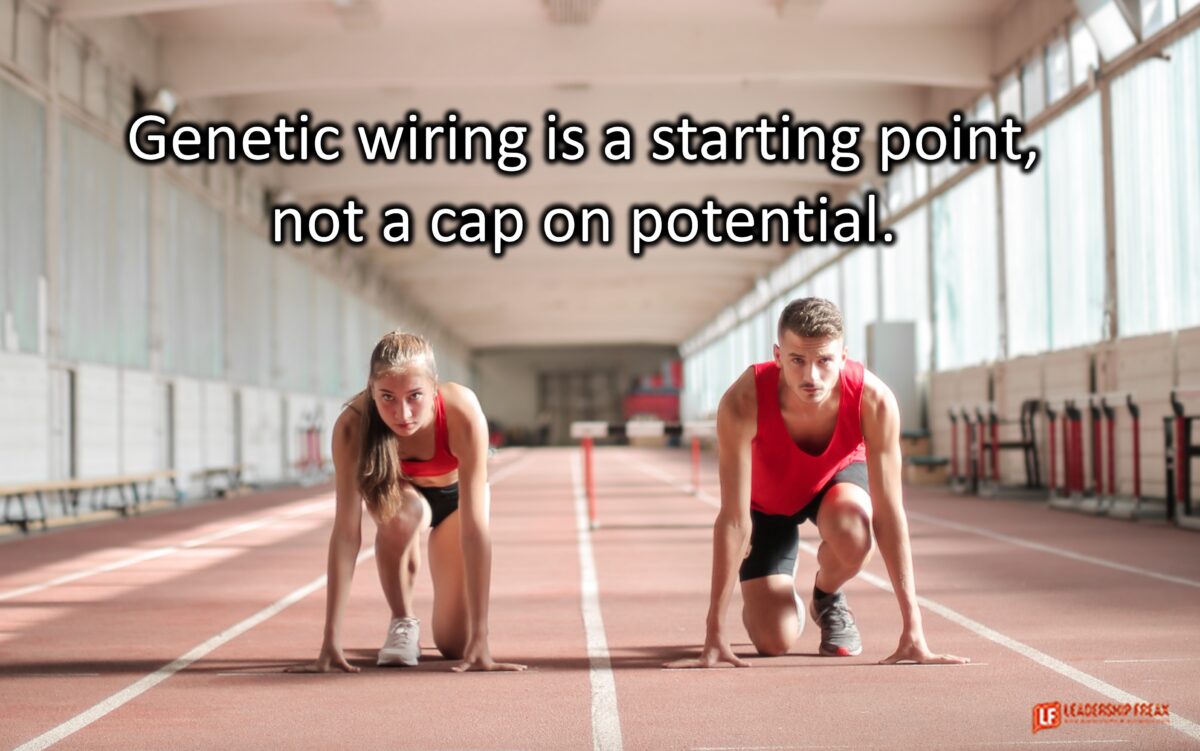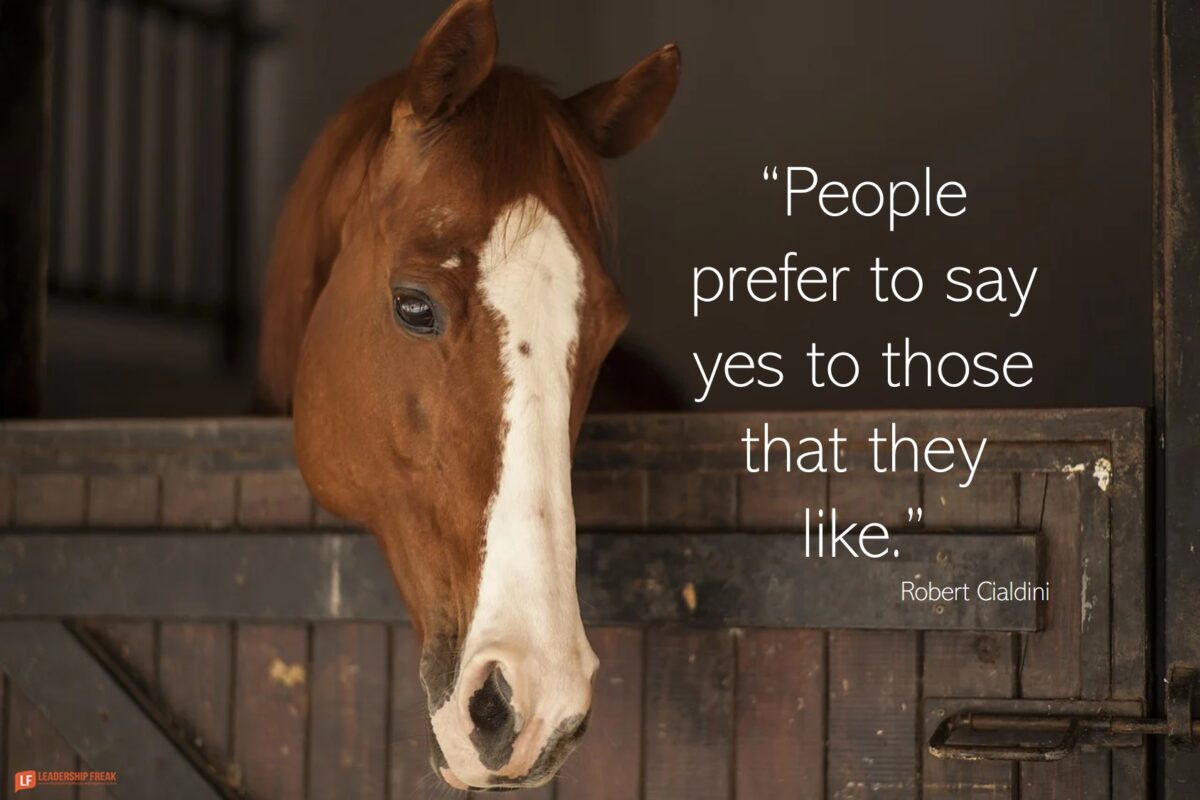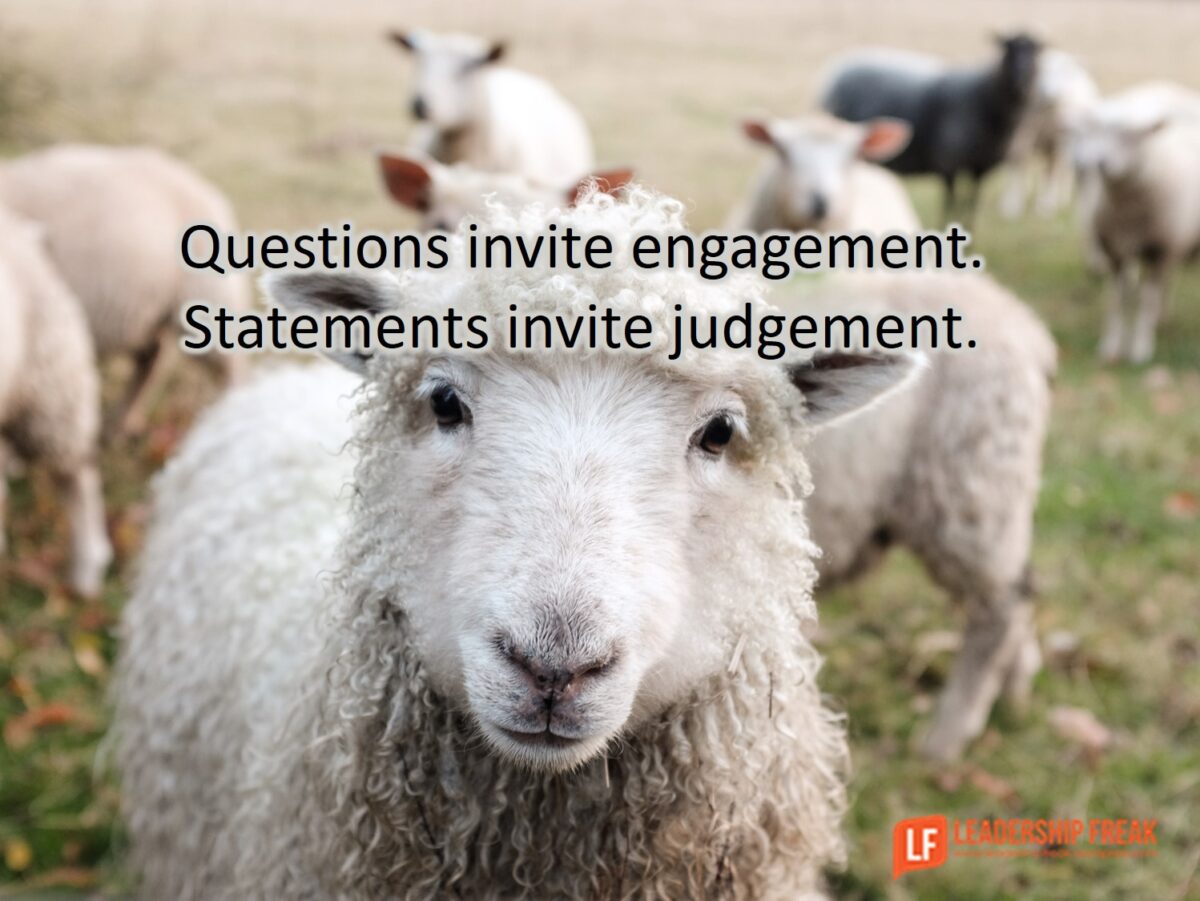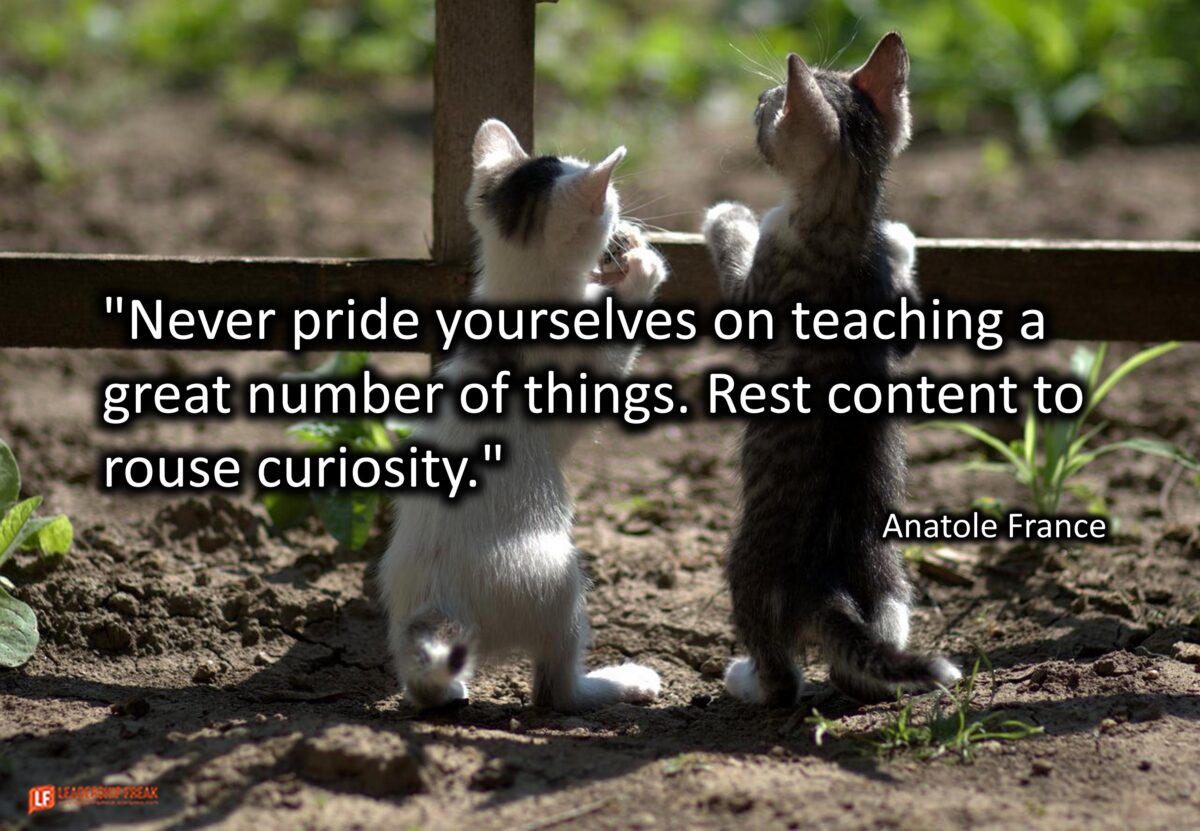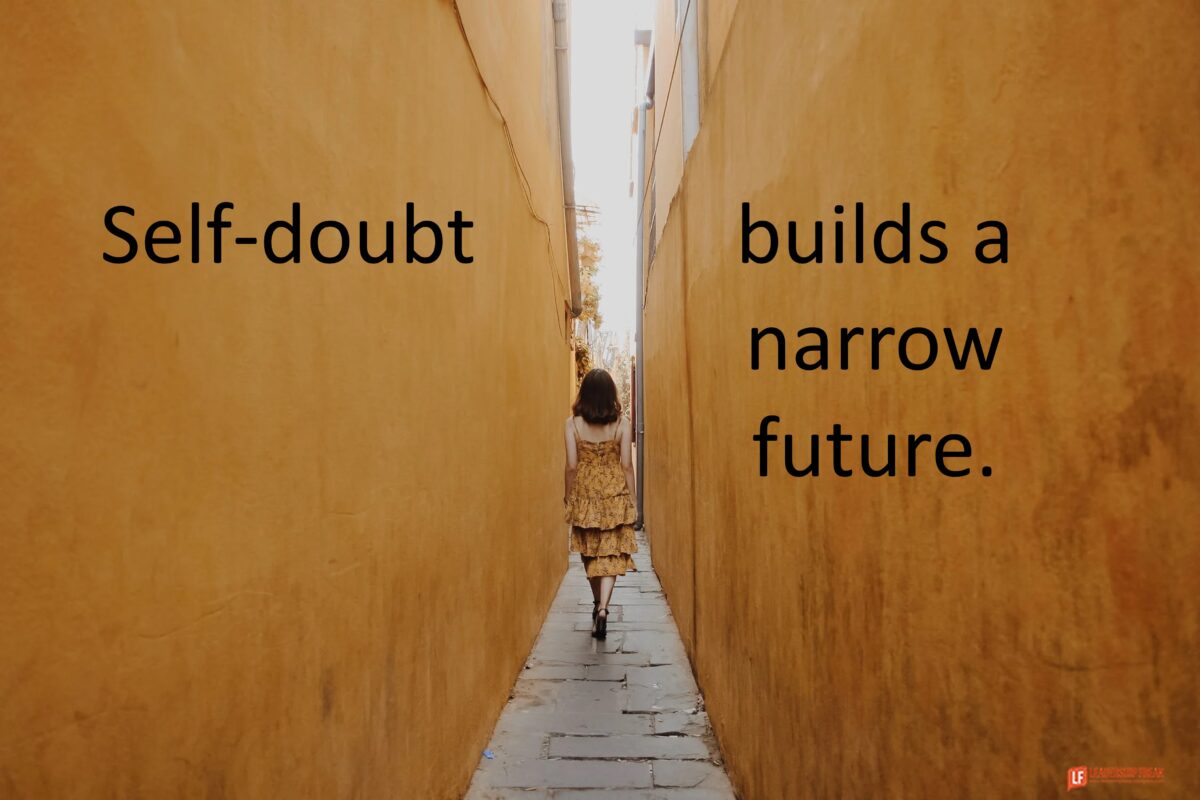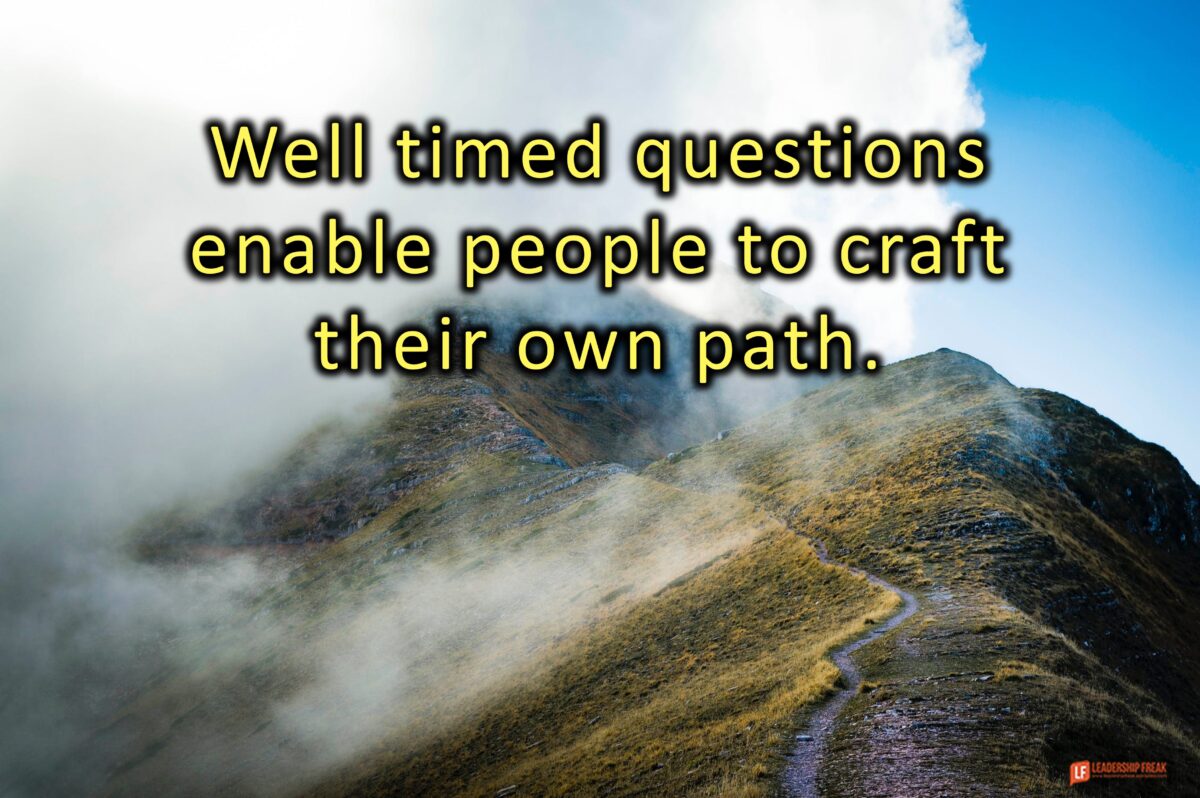6 Steps in Building a New Culture
20 copies available!!
Leave a comment on this guest post by Jay B Barney to become eligible for one of 20 complimentary copies of his new book, “The Secret of Culture Change: How to Build Authentic Stories That Transform Your Organization.”
Deadline for eligibility is 08/13/2023. International winners will receive electronic version.
To implement new strategies, you often have to build a new culture. In order to build a new culture, you need to replace the current stories your employees share about what your company values, with new stories that exemplify the new cultural values required to implement your new strategy.
But, how do you replace these old stories? By building new stories. You build these stories by engaging in actions that contradict your firm’s current culture but exemplify the values of a new culture.
Six things to remember while you build new stories:
- First—they must be true to your personal values. Your employees can smell your hypocrisy from miles away, and won’t enroll in your culture-change process if it is not authentic.
- Second—you have to star in the stories you build. Your commitment to culture change is enhanced when you engage in actions that build culture-changing stories.
- Third—the stories you build have to break with the past and provide a path to the future. You are not single-handedly building a new culture. You are building stories that invite your employees to co-create this new culture with you.
- Fourth—your stories must appeal to your employees’ heads—is there a good business case for culture change?—and to their hearts—their emotions and highest aspirations.
- Fifth—your stories need to be theatrical, so your employees will remember them.
- Sixth—you need to build a “story cascade” in your firm, where employees throughout your organization are empowered to build their own culture-changing stories.
When you engage in actions that exemplify new cultural values that build stories with these six attributes, you can change your organizational culture in a way that will help you implement your new strategy.
What’s your takeaway from Jay’s post?
Jay B. Barney is one of the top three most cited scholars in the field of strategic management, who has published over 125 articles and book chapters, along with seven books. He is a full-time professor at Eccles School of Management at the University of Utah. He has co-authored The Secret of Culture Change: How to Build Authentic Stories That Transform Your Organization (Berrett-Koehler Publishers, August 2023)…
